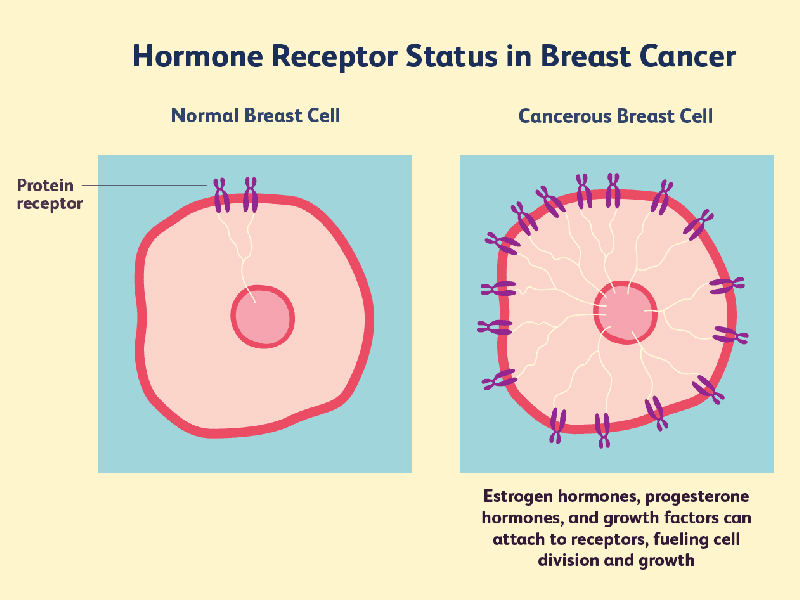Diagnosis
Breast Cancer Diagnosis
A combination of Physical Examination including clinical breast examination, MRI (High Risk Individuals), ultrasound/mammogram and biopsy help in detecting and diagnosing breast cancer.
Physical Examination
Signs of general health, patient’s health habits, past illnesses and treatment undergone are noted.
Clinical Breast Examination
Performed by a doctor or trained health care professional to look for lumps in the breast, skin/nipple changes and lumps in the arm pit (axilla) and documented appropriately.

- NExcisional biopsy: The removal of an entire lump/Tumor.
- NIncisional biopsy: The removal of part / sample of tissue.
- NCore biopsy: The removal of Sample of a tissue using a specialized needle.
- NFine-needle aspiration (FNA) biopsy: The removal of tissue using a fine needle.
Most appropriate treatment will be designed based on results of the tests which will throw light on the following
- NRate of cancer growth
- NPossibility of cancer spread.
- NResponse to treatment.
- NLikely possibility of disease coming back (Recurrence).
TESTS EMPLOYED FOR GETTING THE ABOVE INFORMATION INCLUDE:
Estrogen and progesterone receptor test:
They are employed to measure the quantity of receptors In cancer tissue. If there is excessive presence of estrogen and progesterone receptors than normal, such tumors are labeled as Receptor positive tumors.
Receptor positive tumors are amenable to treatment by administering drugs which block the receptors; thereby reducing the rate of cancer growth.


Human epidermal growth factor type 2 receptor (HER2/neu) test:
A test to measure the presence and quantum of HER2/neu receptors in the sample of tumor. If the amount of receptor exceeds the limit than those of normal cells then tumor is labeled as HER2/neu positive. These type of tumors tend to grow faster and need to be treated with drugs that target these receptors like trastuzumab/pertuzumab.
Multigene tests:
Gene tests help in predicting the possibility of cancer spread or of recurrence. Multiple Gene tests studied in clinical trials are:Oncotype DX
Helps in predicting if estrogen receptor positive and node negative early breast cancer can recur. Based on the score, the probability oftumor recurrence is predicted, higher the score greater the chance of recurrence and hence chemotherapy is to be administered to lower the risk of recurrence.MammaPrint:
Useful in early stage invasive breast cancer with no lymph node or less than 3 nodes involved. 70 different genes are assessed from cancer tissue and the activity of genes helps in predicting the chances of recurrence. High risk individuals need to receive chemotherapy to lower the risk of recurrence.Types Of Breast Cancer Based On Receptor Status:
- Hormone Receptor Positive Tumors (Estrogen/Progesterone)
- Hormone Receptor Negative Tumors (Estrogen/Progesterone)
- HER2/neu Positive or HER2/neu Negative Tumors
- Triple Negative Tumors (Estrogen, Progesterone and HER2/neu) Type of tumor will help in tailoring the treatment decisions.
Prognostic Factors And Treatment Options:
- STAGE OF THE CANCER.
- TYPE OF BREAST CANCER.
- ESTROGEN/PROGESTERONE RECEPTOR STATUS
- HER2/NEU RECEPTOR STATUS
- RATE OF TUMOR GROWTH
- CHANCE OF RECURRENCE
- WOMAN’S AGE
- GENERAL HEALTH
- MENOPAUSAL STATUS